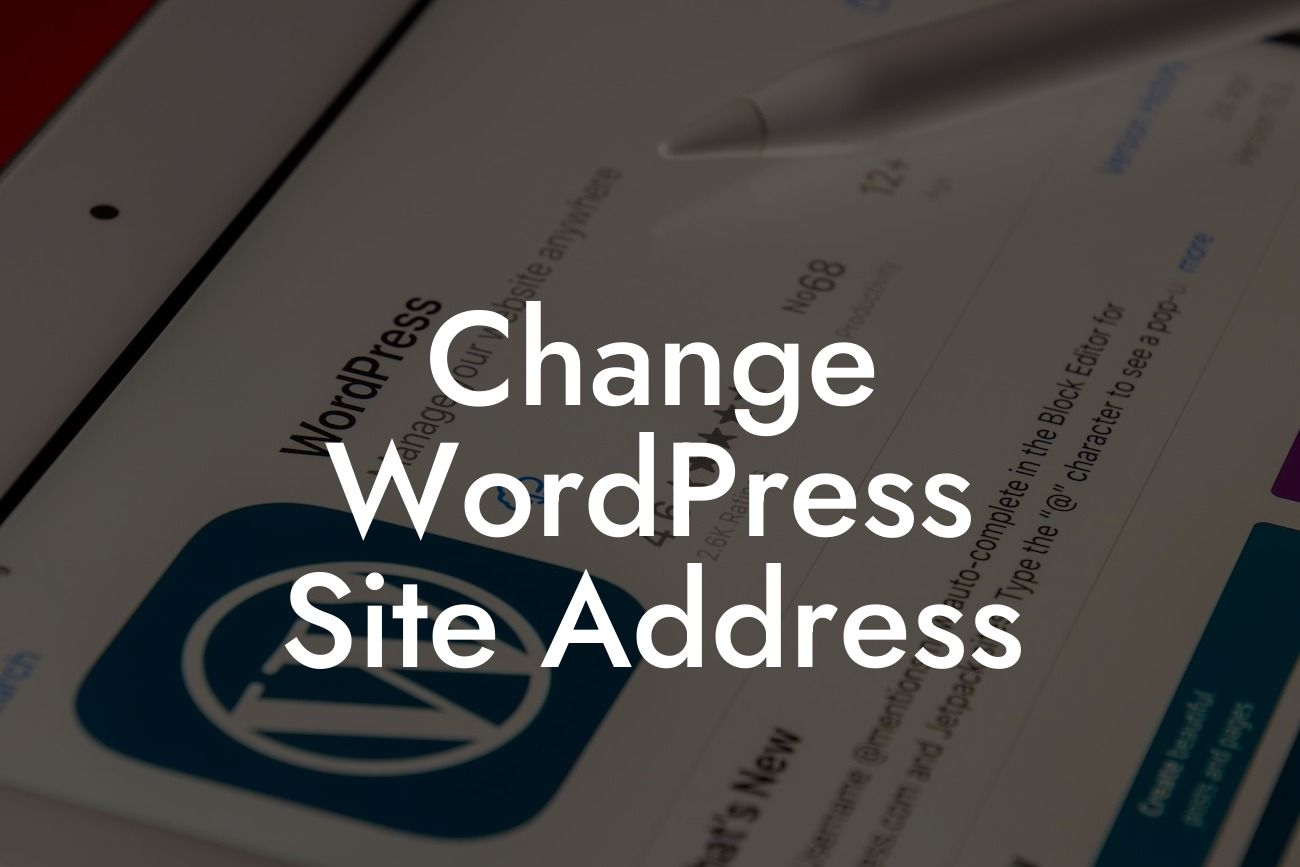Changing your WordPress site address is a crucial step for small businesses and entrepreneurs seeking to elevate their online presence. Whether you're rebranding, moving to a new domain, or simply aiming for a more memorable URL, it's essential to understand the process and its impact. In this guide, we'll dive deep into the realm of site address changes, providing you with expert advice, practical tips, and insightful real-life examples to turn your vision into reality.
When it comes to changing your WordPress site address, it's important to follow a systematic approach to ensure a smooth transition. Here's a step-by-step breakdown of the process:
1. Assess the Reasons:
Before diving into the technicalities, assess the reasons behind the site address change. Are you rebranding, expanding your business, or enhancing your SEO? Understanding your motivations will help you establish clear goals and align them with the changes you're about to make.
2. Backup Your Site:
Looking For a Custom QuickBook Integration?
It's crucial to back up your WordPress site before making any changes. This ensures that you have a safe copy in case anything goes wrong during the process. Use a reliable backup plugin or consult your hosting provider for assistance.
3. Prepare the New Domain:
If you're changing your site to a new domain, make sure it's ready before initiating the transfer. Purchase and set up your new domain, ensuring that it's properly configured and ready to host your website.
4. Update WordPress Settings:
In your WordPress dashboard, navigate to the Settings tab and select the General option. Here, you can modify both the WordPress Address (URL) and Site Address (URL) fields with your new site address. Save the changes.
5. Update Your Permalinks:
Changing your site address may require updating your permalinks structure to maintain optimal SEO performance. In the WordPress dashboard, go to Settings, then Permalinks, and select your desired permalink structure. Save the changes.
6. Update Internal Links:
Once you've changed your site address, it's crucial to update any internal links that may be affected. Use a reliable plugin or search the WordPress database to identify and update internal links accordingly.
Change Wordpress Site Address Example:
To illustrate the process, let's imagine a boutique clothing store named "FashionFiesta" that wants to change its site address from www.fashionfiesta.com to www.fabulousfashion.com. With a carefully planned strategy and DamnWoo's powerful WordPress plugins, the site address change can be seamlessly executed. From updating settings to modifying internal links, FashionFiesta ensures minimal disruptions and a smooth transition for its customers.
Congratulations! You've successfully changed your WordPress site address and taken a significant step towards supercharging your online success. Explore the array of guides available on DamnWoo to learn more about enhancing your online presence. Don't forget to try out our extraordinary plugins, designed exclusively for small businesses and entrepreneurs like you. Share this article with fellow WordPress enthusiasts, and let's empower each other on this digital journey.













